
Developer: Kayabros
Publisher: nakana.io
Platform: Switch, PC
Tested on: Switch
Soul Searching – Review
At one point or another, we’ve all gone through a period of self-reflection. Questions like who we are and what we are doing with our lives pop up during these times. Soul Searching attempts to provide an answer to these questions. We spent some time with the game as we asked ourselves: can you really learn more about yourself from a video game?
Story
As the title implies, Soul Searching is a game about finding yourself. You’re thrown straight into the game with zero explanation of what exactly is going on. At the beginning, you’ll find your character in a white void, inhabited by other people. If you talk to them, they’ll give you vague comments on how you are about to embark on a journey. After talking to the apparent leader of these people, you are suddenly taken to an island. It is here that your actual journey starts. You’re not quite sure what your goal is or what you are supposed to be doing, so you simply pick up the oars of your raft and set sail to explore the world beyond…. and discover more about yourself in the process.
If you’re looking for a clean-cut linear story, you won’t find it in Soul Searching. Story elements are present but whether you decide to do anything with them is up to you. There’s no arc to follow or objectives to clear. Instead, the ocean you are sailing, and the islands inside that ocean are your playground. This much freedom comes at a price: you’re often left wondering what to do next in this surprisingly rich world. The game often exudes a dream-like quality as well as you are occasionally interrupted by a scene that takes place in a far more modern setting, such as an office or a traffic jam. There is a purpose to these scenes, although they can be confusingly random when you start out, that purpose is best left to discover for yourself. The game doesn’t shy away from darker themes such as depression, suicide, or abuse either; so consider yourself warned.
Graphics
The meat of Soul Searching lies in its story mode, so you’ll likely spend most of your time there. In story mode, everything is presented in 2D, in a top-down view retro pixelated style. The designs are very simplistic, especially those of the humans, but it’s clear what everything is supposed to be. This minimalistic approach suits Soul Searching quite well, as it forces you to fill in any blanks yourself. The game manages to communicate the harsh conditions of sailing the ocean on a raft in a realistic manner despite the shortcomings and limitations of having your boat represented by a handful of brown pixels. There is a bit more visual fidelity in the mini-games that are present in the Short Stories Mode. Certain mini-games feature more detailed models, although everything here is still brought to you in a pixelated retro-style.
Sound
Retro-style games tend to come with very simplistic soundtracks, but Soul Searching shies away from that trend by bringing a soundscape that is more realistic than you’d expect. As you’re sailing, you’ll hear the sounds of the ocean, the wind, and seagulls. Music is used sparingly and kicks in at key moments. For the most part, you’ll spend your journey accompanied by natural sounds, but when music does kick in, the tracks fit the mood of the story and help emphasize the nature of the events happening on screen. The vocal sounds of the people you encounter stand in stark contrast. As is common in games, there is no voice acting, and voices are replaced with gibberish. However, there is a clear and rhythmic quality to the replacement sounds, and they sound very appealing compared to what you’d usually get with this trope.
Gameplay
Beneath the retro-styled graphical shell of Soul Searching lies a surprisingly deep open-world survival game, where you define your own goal for the most part. The graphical style makes everything seem much simpler than it is, and it takes some time to fully understand and appreciate the nuances of the game. You alternate between ocean sailing and island exploration. You start with a raft that is equipped with two oars. You can either sail forward in your chosen direction by using both oars at a time or you can switch to one oar and turn your boat left or right. Controlling the raft is a pretty straightforward affair and you get used to it rather quickly. There are a couple of factors that affect the flow of your raft: ocean currents and wind might take you off course. The sailing part of the game actually has a hefty chunk of gameplay to offer: while sailing, you need to keep an eye on your hunger, thirst, and energy levels. If either of those drops to zero, you’ll die.
Energy can be replenished by sleeping, thirst by drinking fresh water and hunger by eating food. Fresh water and food are limited resources, and while you can buy a fishing rod so you can catch food, fresh water needs to be gathered on islands. There’s more than just those factors to keep in mind though: you’ll encounter gold floating around in the ocean, though collecting it means jumping off your raft and diving in to pick it up. You’ll also find abandoned rafts -these can be looted. And then there are the enemies: flocks of crows will fly overhead and steal food, Dragons will set your raft on fire and giant birds will swoop overhead and knock you off your raft.
The islands are where most of the story elements can be found, as well as all the places where you can spend your hard-earned gold. Here you’ll encounter a variety of characters, gather additional map pieces to new locations, and upgrade your boat. Unfortunately, upgrades are locked if you don’t have the right type of boat. This means you’ll have to do some backtracking if you can’t get an upgrade right away. The island inhabitants all have stories to tell, some of them genuinely touching, so it’s best to talk to anyone and everyone you encounter. As these stories are a big part of Soul Searching’s overall story experience, we’re not going to spoil them here though.
Apart from the Story Mode, which makes up the bulk of the game, there are two additional modes: one is similar to Story Mode but incorporates multiplayer except with randomly generated maps. The other, called Short Stories is a collection of seven retro-styled minigames, but with a twist. These offer simple gameplay reminiscent of NES and Atari titles, juxtaposed against story dialogue that dives even further into the theme of self-reflection.
Conclusion
Soul Searching combines thought-provoking stories and dark themes with surprisingly engaging gameplay. The relatively simple graphics make the game seem less impressive than it is. The slow pacing means it takes some time to click, but once it does it’s a wonderful little game. It might not be for everyone, but if you’re looking for a game that teaches you more about yourself, it just might be up your alley.
Soul Searching - Review,1 Comment
Leave a Reply
You must be logged in to post a comment.

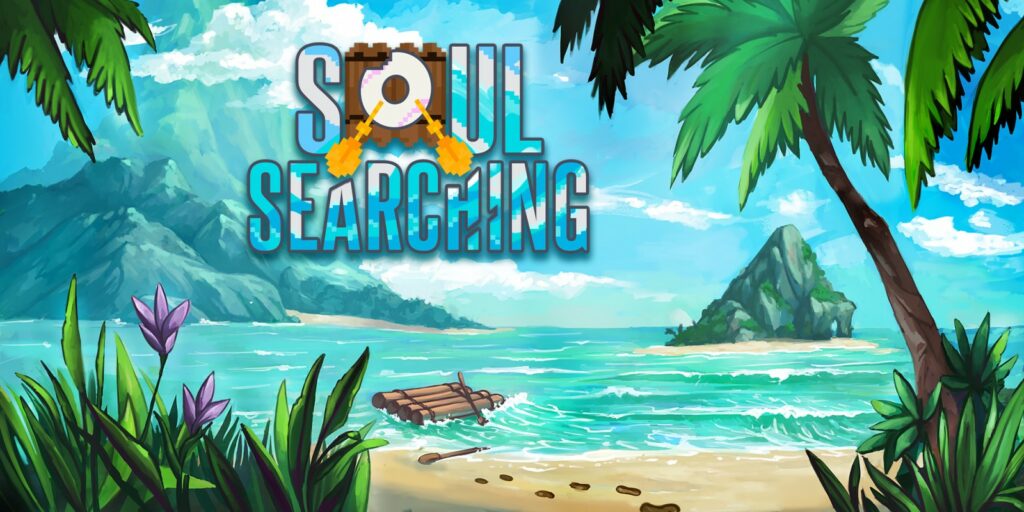
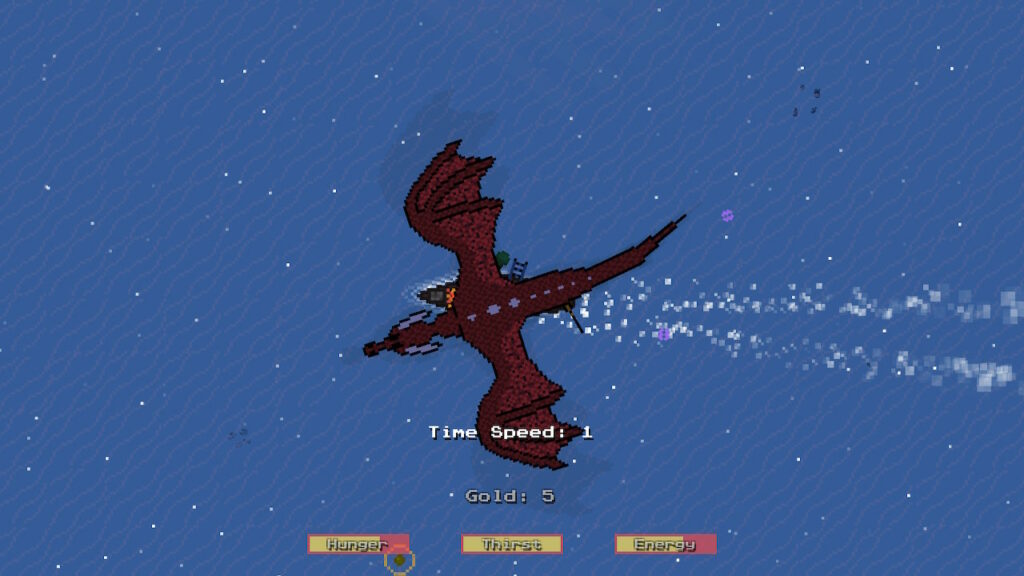
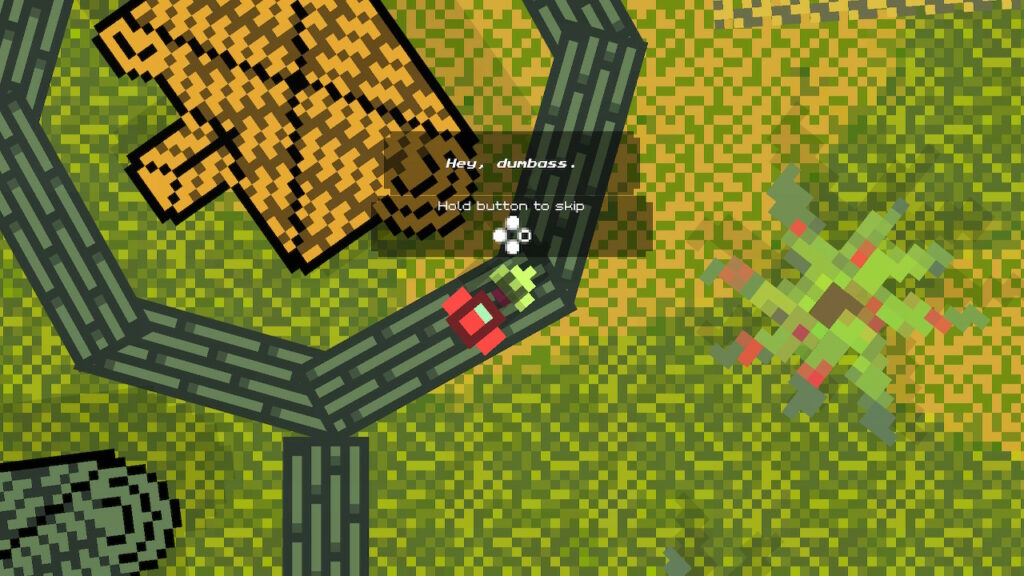
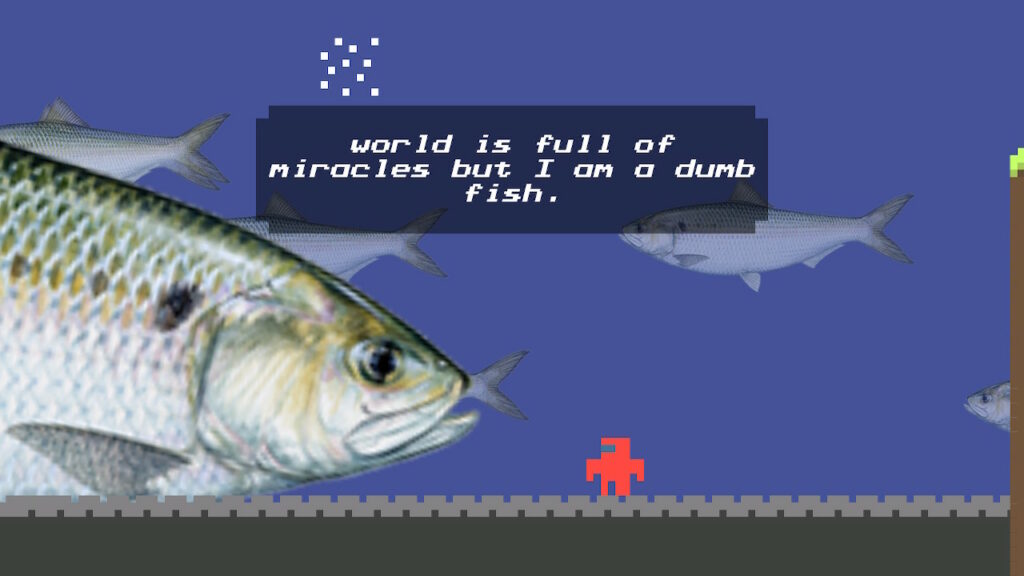
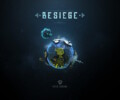



[…] first bundle features Soul Searching + Infini + A Night at the Races, with its themes being Madness, Escape, Resilience and […]